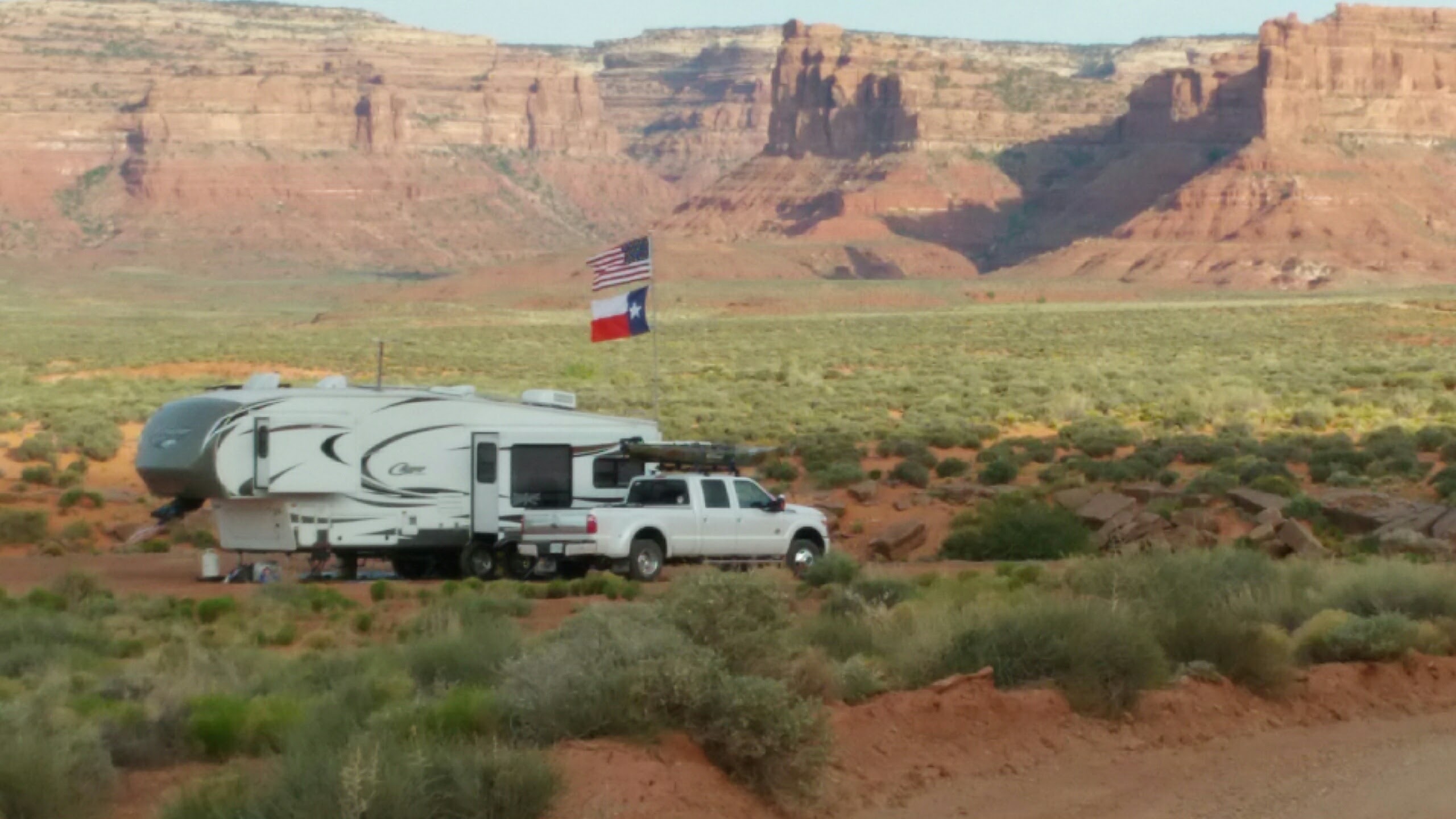After being camped at Rainbows End the last 2 weeks, it was time to get out into nature and away from the highway noise.
The sites here are full-hookups or electric/water. I chose the Hercules Loop which is E/W only. We came the day before and scouted the sites. I was looking for a clearing so the satellite antennae would be able to connect. Got to have TV to keep Jesse entertained. I could go without TV myself, love the quiet.
The last time we were here it was in the full hookup area and very crowded.
Anyway I saw #92 as fitting the order. I also wanted to be near the water.
This loop has nice trail that goes down to the water.
The interior roads are very narrow, just enough to get around. Backing into the site, it was a difficult time getting the trailer to go back up the driveway and not into the drainage ditch. After I got it aimed right, it was another thing to park it where the trees wouldn’t be in the way of the slides. The pad was pretty level side to side.
We stayed 6 nights, and never got my kayak down. Had to replace a wheel hub on the boat trailer.
I did get out to fish one day. Snagged a fish but he got away. Oh Well.
The days are so short! I mostly sat outside and enjoyed the scenery and occasional visit fro a plump little squirrel.

It was windy one day, and then rained like crazy the next. All the while it was hotter that any December should be… in the 70’s.
History
Abundant resources
 The Trinity River and the surrounding valley have been home to a variety of cultures for centuries. Humans have long known about the valley’s abundant natural resources.
The Trinity River and the surrounding valley have been home to a variety of cultures for centuries. Humans have long known about the valley’s abundant natural resources.
The first humans here were hunter-gatherers, or Paleo-Indians. Signs of these people date back 12,000 years.
Pottery found at sites dated to about 2,200 years ago suggests that these early people were cultivating beans, corn and squash. Instead of constantly roaming, they had begun settling down.
European explorers
When the Spanish and French began exploring East Texas in the early 16th century, native Atakapan-speaking peoples lived here. These included the Orcoquisacs, Bidais and Deadose.
As American settlers pushed west, diseases killed many of the local native people.
To repopulate the area, the Spanish encouraged Native American groups from the southeastern United States to move here by offering them land. The Spanish thought this would deter French and American settlers. Among these immigrants were the Alabama and Coushatta tribes, who live on tribal lands in the area today.
Settlement
After Mexico won its independence from Spain in 1821, it began issuing land grants. Americans could get fertile land to farm, with one condition: they had to swear allegiance to Mexico. Many did so.
In 1845, the Texas became part of the United States. The state established Polk County in 1846. Moses L. Choate, who had acquired land here in 1835, donated 100 acres for the county seat. In honor of that donation, the post office was named “Livingston” after Choate’s hometown in Tennessee.
The Trinity River valley offered good land for cotton farming. What’s more, the river provided convenient means to transport bales of cotton to the port cities of Houston and Galveston.
River landings turned into settlements, such as Liberty, Wallisville and Swartwout, the site of the current Lake Livingston dam.
After the Civil War, an economic shift occurred. Cotton farming declined due to a labor shortage. Meanwhile, railroads expanded into the area.
Prior to this, loggers had to wait for high water on the river to float logs to coastal mills. But reliable freight transportation set the stage for a logging boom. Timber became the primary product of the area, and continues to be so, today.
Parkland
TPWD opened Lake Livingston State Park in 1977. The park is located on 635 acres along the southeastern edge of Lake Livingston in Polk County.
Lake Livingston is one of the largest reservoirs in the state, with 83,000 surface acres. The lake is an impoundment of the Trinity River, and provides water for the city of Houston and other East Texas cities. It is ideal for boating and fishing because of its size and constant level.
